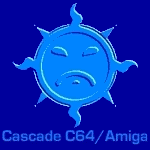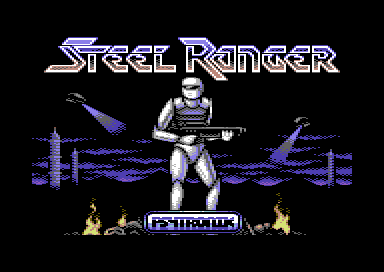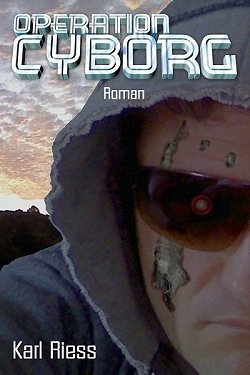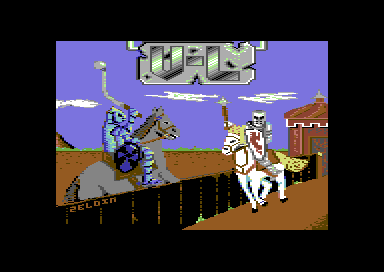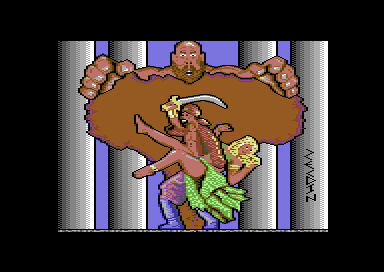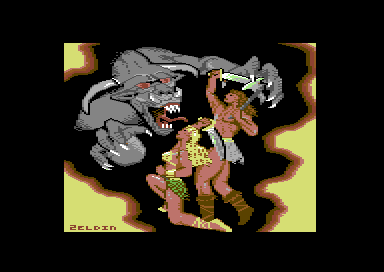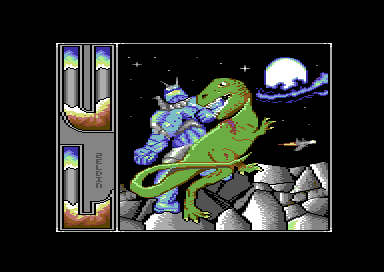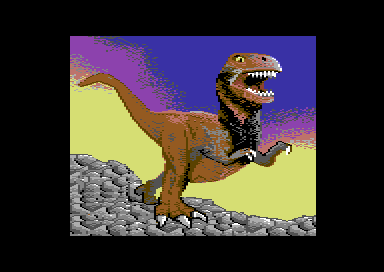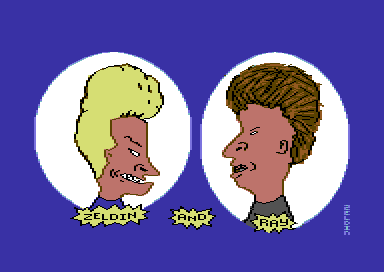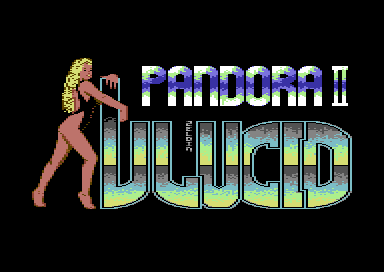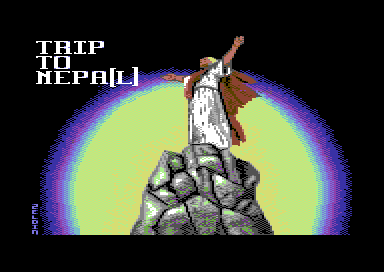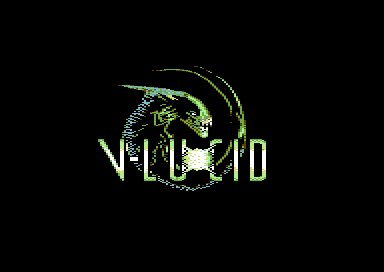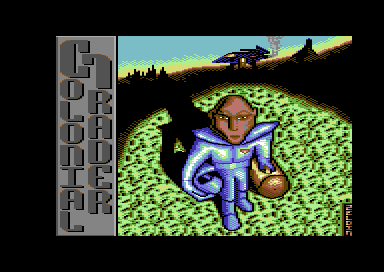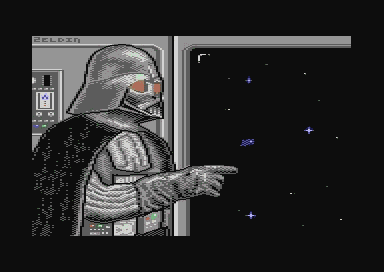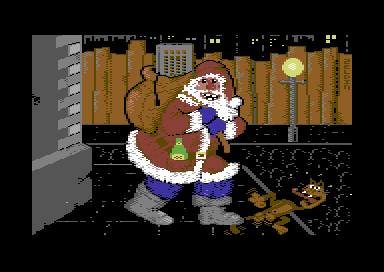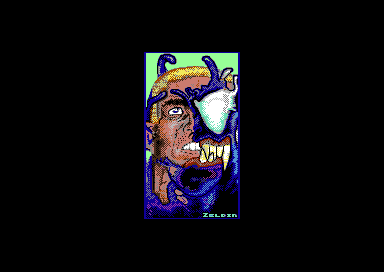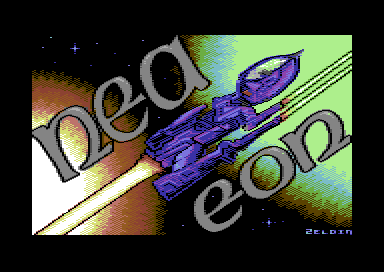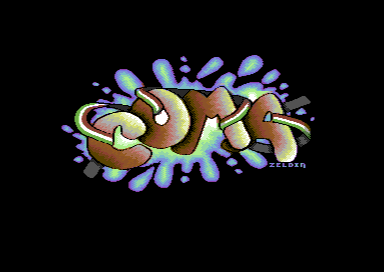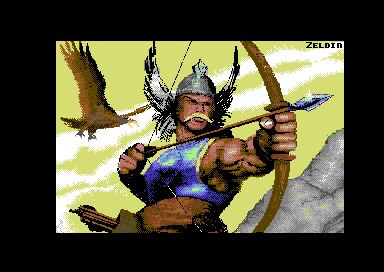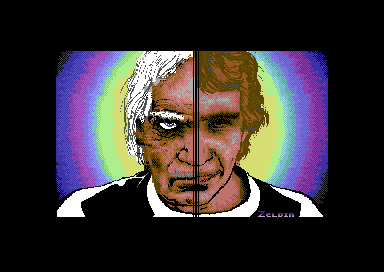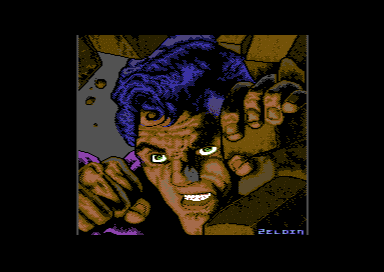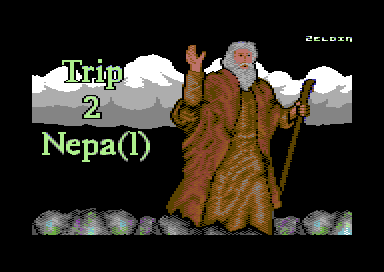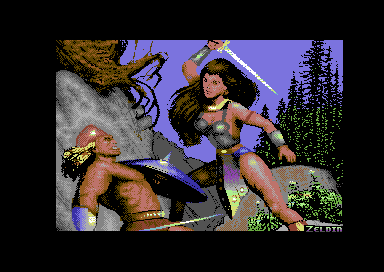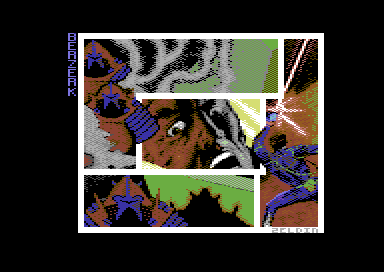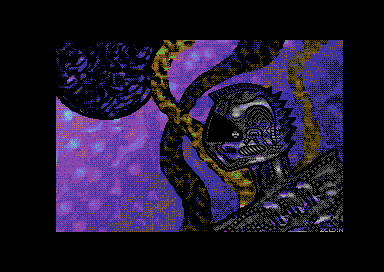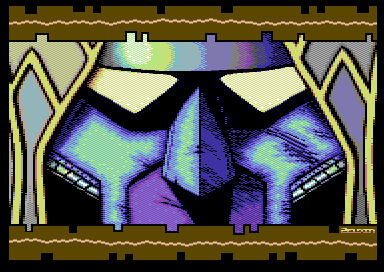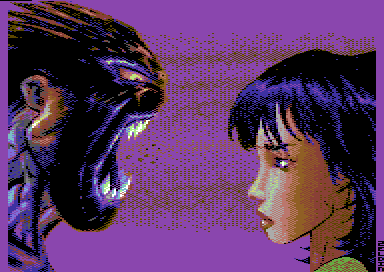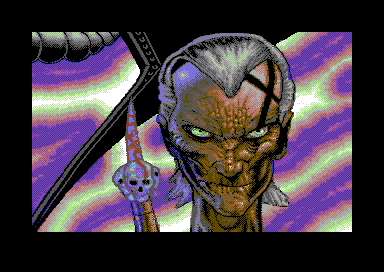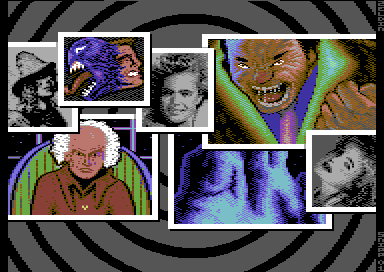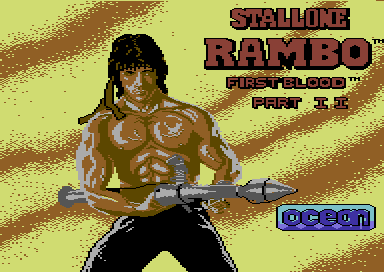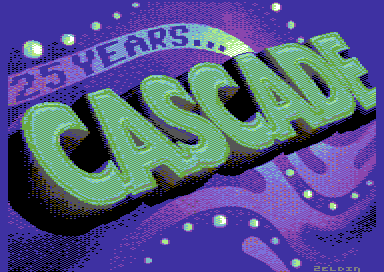Zeldin's Gallery
Welcome to Zeldin's C64 graphic efforts - 29 currently listed. The thumbnails below are sorted by the date of its making. Click thumbnail to show the graphic in original C64 solution including borders, making it 384*272 pixels wide. Vice Emulator with pepto palette was used to make screendumps. A mouse-over symbol next to the monitor will show more info about the selected graphic. On the bottom of the page you will find some more information about the used C64 graphic formats.
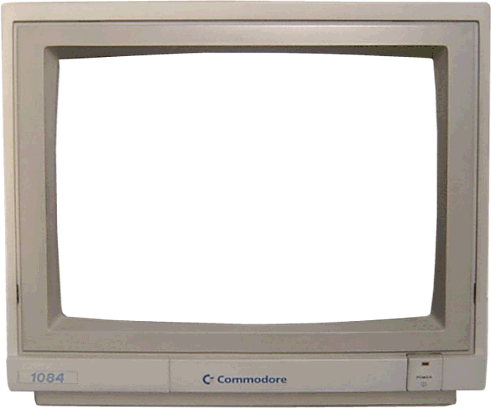
Batman
Graphic made in 1986
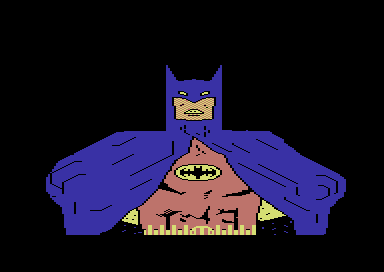
|
Graphic mode: Multicolor Bitmap Graphic-Editor: G. Kitchen's Game Maker |
Released in: NEVER! :-) Original from: by me, so to say |
|
Comment: This 4 colour Batman was my first 'big' picture....just to give you an idea how it started with my graphician career on C64... :-) | |
For those who don't know the C64 graphic abilities here some little info:
The graphics above are handpixeled, what means that they were done by setting dot for dot, always nagged by the nasty colour limitations. The C64 offers a colour palette that can't be changed, which counts no more than 16 colours. Furthermore the use of these colours depend on the selected graphic mode you use. These graphics here, which are only a selection, are done in 5 different graphic modes:
- Multicolor Bitmap: (Editor: f.e. Koala Painter, Amica Paint)
320*200 pixels, while a pixel in multicolor mode is sized 2*1, so real solution is 160*200. The color limitation is: 3 definable colors in every 8*8 pixel-cursor, plus 1 fixed picturewide background color. - Interlaced Multicolor Bitmap: (Editor: f.e. Drazlace)
2 seperate multicolor bitmaps (see above), which are shown overlayed (shifted by one pixel to the right) with a routine switching between both interchangeably. Colors can be mixed and the resolution seems to be real 320*200 (instead of the blocky 160*200, due to the 2*1 multicolo pixel). As the C64 CPU speed isn't fast enough, the picture will flicker though. This flicker can be reduced up to a certain point by using appropriate color combinations of layered pixels. - FLI (Flexible Line Interface): (Editor: f.e. BML FLI Editor, FLIP)
296*200 pixels - multicolor pixel (2*1) size, so real solution is 148*200. The color limitation: 2 definable colors in every 4*1 (multicolor) pixel-cursor, plus 1 free color inbetween a (multicolor) 4*8 pixel-cursor, plus 1 fixed picturewide background color. The loss of 12 multicolor pixels on the left side of the screen is due to the socalled FLI bug, caused by the lineswitching. This is covered with sprites, using the same color as the background. - SuperHires FLI: (Editor: f.e. SHF-Editor)
96*167 (hires) pixels, with a limitation of 1 definable color in every 8*8 pixel-cursor, plus 1 fixed picturewide background color and 2 fixed picturewide additional colors. - AFLI (Advanced Flexible Line Interface): (Editor: f.e. HiresManager)
296*200 (hires) pixels, with a limitation of only 1 definable color + 1 definable background color in every 8*1 pixel-cursor. Also called Hires FLI or XFLI. This one suffers of the FLI bug aswell. - NUFLI (Advanced Flexible Line Interface): (Editor: NUFLI editor by Crest)
320*200 (hires) pixels unsing an hires FLI bitmap (see above) with a sprite layer, completely underlaying the screen. It uses very sophisticated color switching, plus ability to edit the sprites that cover the FLI bug. Very nice grpahic mode, giving you nearly unlimited possibilities. - Multicolor Bitmap + Sprites: (Editor: OSCAR - Oversized Screen Arrangement)
Now this is the most unusual and sophisticated gfx mode with OSCAR being the most confusing editor I have ever coped with!
It uses a normal 320*200 pixels multicolor bitmap plus furthermore additional sprite layers in the border regions of the C64 in order to expand the graphic. Original OSCAR will give you the opportunity to reach all pixels in an area of 368*272. The sideborder is covered with two layered sprite columns on each side. All layers share 2 sprite multicolor colors, which can be switched (nearly) every 9th rasterline plus one free color per sprite (which can also be switched (nearly) every 9th rasterline). Upper and lower border is covered with 8 columns of x-expanded (horizontally doubled) sprites which use 2 multicolor colors (switchable nearly every 9th line) plus one individual color per sprite (switchable nearly every 9th line).
For my graphics I use an altered version of OSCAR, that might reach the complete 384*272 solution by allowing free horizontal positioning of each sprite column, plus the ability to swicth on/off x-expansion. This gives you more possibilities to fill the whole screen, though an 384*272 graphic will lead to even harder limitations when it comes to coloring.
Oh, and by the way, OSCAR allows to do everything in hires graphics, which I haven't done yet.
The abilities of OSCAR might sound rather confusing, right? Believe me, it is! And it's really hard to pixel and to set the colors. The transitions between sideborder and upper/lower border is crucial and can drive you nuts... anyway from a challenging (and masochistically) point of view, it can be fun to make graphics with OSCAR :-)
Don't miss!
C64 Games on ITCH.IO like: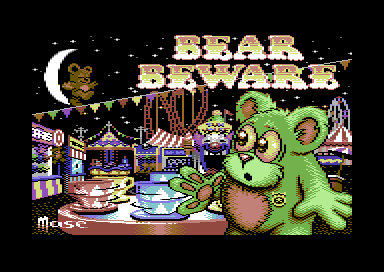
Fantastic arcade adventure that fans of Jet-Set Willy will love
Support the developers!
© Copyright 1996-2025 Cascade Productions - Powered by zStoff - Imprint / Impressum - Privacy notice / Datenschutzhinweise
Also featured by zStoff: www.operation-cyborg.de - www.dbsys.de - www.cratersoftware.com - www.lynxstudio.de - www.vislogic.de
